How Does Industrial Fabrication Work
Industrial fabrication is a process in which specialized machinery alters raw materials to specific shapes. Without the fabrication industry, there...
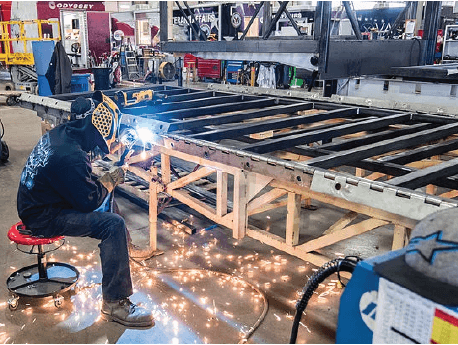
Industrial fabrication is a complex process that includes many steps. One of the key phases is welding. But what is welding in industrial fabrication, and why is it so important in our industry?
In our expert guide, you will find the answers to the most commonly asked questions for welding. We will explain why welding plays a huge role in industrial fabrication and reveal the different welding methods, techniques, and joints. See up close how we turn your ideas into reality.
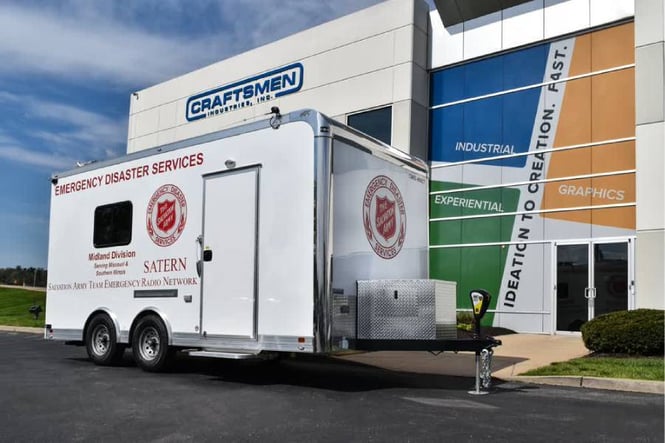 Source: craftsmenind.com
Source: craftsmenind.com
Welding is one of the key industrial fabrication processes. We use welding to join two or more parts together by using heat, pressure or a combination of both. Typically, this technique is used for fusing metals and thermoplastics. In rare cases, we might use welding for wood and glass.
Wondering how is welding done? In the early beginnings, materials were fused by using forge welding. In other words, the metals are heated to high temperatures and hammered together.
Today, thanks to advanced technology, we can use different energy sources for welding. The most common are:
One of the most interesting facts about welding that many don’t know is that the process can be performed in different environments. Aside from the typical open-air welding, we can utilize special techniques to weld materials underwater. It is also known as hyperbaric welding.
Welding is a process that has a wide use. As the best industrial fabrication service, we use welding to create products for businesses coming from various industries.
The most common projects that require welding include the industrial fabrication of containerized and mobile solutions for our clients. We have worked with businesses from different backgrounds.
Our projects range from simple mobile kitchen and office trailers to mobile medical vehicles and military aerospace centers. No matter the industry your business works in, our experienced team can design and use welding, among other techniques and processes, to manufacture state-of-the-art vehicles according to your needs.
To fully understand what is welding in industrial fabrication, you must get familiar with the terms we use in industrial fabrication.
Welding works by using several basic principles and terms. Generally, it uses different rules of physics to fuse materials together. It takes into consideration the mechanical and chemical properties of the parent material.
The fundamental principles we use in general for welding are:
Each metal reacts differently when heated depending on the toughness of the parent material. Most metals expand when heated, which allows them to contract and solidify as one piece when they cool down.
Plastics can also be welded by using heat. The process of joining plastics is done in three main phases: preparing, heating, and cooling down to fuse. Compared to welding metals, two different methods for joining plastics can be used depending on the method of heating – internal and external.
Many confuse welding with soldering and brazing. Here are the main differences between the three techniques for joining two or more parent materials.
|
Welding |
Brazing |
Soldering |
|
|
Heating of the workpiece |
To melting point |
Below melting point |
No heating required |
|
Temperatures |
Up to 7,000°F |
Up to 1,000°F |
Around 800°F |
|
Joint strength |
Strongest |
Weakest |
Medium |
|
Heat treatment required |
Sometimes |
None |
None |
|
Mechanical properties of the joint |
May change |
Might show minor changes |
No changes |
|
Preheating |
Not required |
Recommended |
Recommended |
Many clients are curious to find out what are the different types of welding used in industrial fabrication. Well, we use four main types of welding, which include:
The gas metal arc welding is also called metal inert gas, or MIG welding in short. This type of welding process includes a thin wire as an electrode that heats up.
The welding instrument feds the wire, and shielding gas is used to protect the weld from the air contaminants. The most common shielding gasses used are carbon dioxide, oxygen, argon, and helium.
Heat is created as the electric arc forms between the parent metal and wire electrode so the parts can be melted and fused together. When using GMAW, we can utilize different techniques for transferring the weld metal from the arc to the base metal, such as
GMAW is one of the most commonly used welding types for fusing stainless steel, copper, aluminum, carbon steel, nickel, etc.
We use gas tungsten arc welding, or tungsten inert gas (TIG), to fuse thin materials that are not iron-based. The weld is produced with the help of a non-consumable tungsten electrode and an external gas supply such as argon or argon-helium mix. In most cases, a filler metal is also used.
The operating temperature of the TIG welding process is typically 6,000°F. Compared to GMAW, the GTAW has a more limited use since it can only join together thin sections of stainless steel, aluminum, copper alloys, and magnesium.
Shielded metal arc welding, or SMAW, is a manual technique that we rarely use in industrial fabrication. SMAW lays the weld by using a consumable electrode that is covered with flux.
Shielded metal arc welding is a popular process that works on both ferrous and non-ferrous metals, such as iron, steel, copper alloys, nickel, and aluminum.
In flux-cored arc welding, we use an electric arc to generate heat and fuse the parent materials. The FCAW is categorized as a semi-automatic or automatic arc welding process.
The welding requires continuously-fed consumable tubular electrodes with a flux. There are two types of flux-cored arc welding – one requires shielding gas from another source, while the other doesn’t.
In industrial fabrication, we use different welding joints to put together the materials. Aside from the unique look of the welding joints, the type of joint we use affects the weldment's cost and quality.
Here are the basic welding joint types.
A butt joint welding is when the parent materials are in the same plane. Typically, butt joint welding is used when we can weld the materials together with a single pass.
To form the joint, we place the materials end-to-end. But what is the most important thing in welding for getting butt welds? For a high-quality butt weld, the materials must be placed parallelly and shouldn’t overlap.
We use different types of grooves according to the metal thickness, such as V, J, and U grooves. Additionally, butt joints can be welded by using different techniques and energy sources such as high-energy beam, arc, and resistance welding.
We use tee joint welding when we need two pieces welded at 90° angle. The end result is a T-shaped weldment. Unlike butt joints, tee joint welding generally isn’t prepared with a groove.
We can use different welding styles to create tee joint welds, such as:
Just like tee joint welding, corner joint welding is done at an angle of 90°. But, the difference is the positioning of the metal. In tee joint welding, the metal forms a T-shape, while in corner joint welding, the metals are put together in an L-shape.
In contrast to butt joint welding, the two or more pieces in a lap joint are welded in a manner so the pieces overlap each other. For lap joints, we can make welds on one or both sides, depending on the needs.
Generally, lap joint welding is used for materials with different properties, especially metals with different thicknesses.
Edge joint welding can be used for bent metal surfaces. In edge joint welding, the edges of metal pieces are joined together. This type of joint is commonly used where the stress should be distributed between the joined parts.
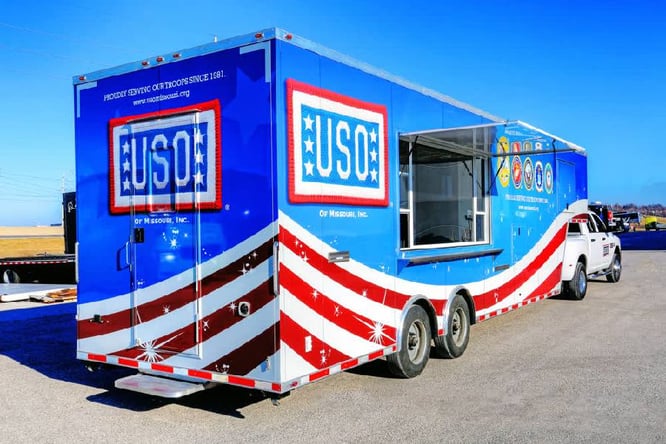
Source: craftsmenind.com
By understanding what is welding in industrial fabrication, you can have a clear picture of what we can do for your business. Welding is just one of the many phases of industrial fabrication.
If you need something built for your business, you can leave it in the hands of our experienced team. Request a free quote today, and we will find the best solutions to fit your specific needs.
Industrial fabrication is a process in which specialized machinery alters raw materials to specific shapes. Without the fabrication industry, there...
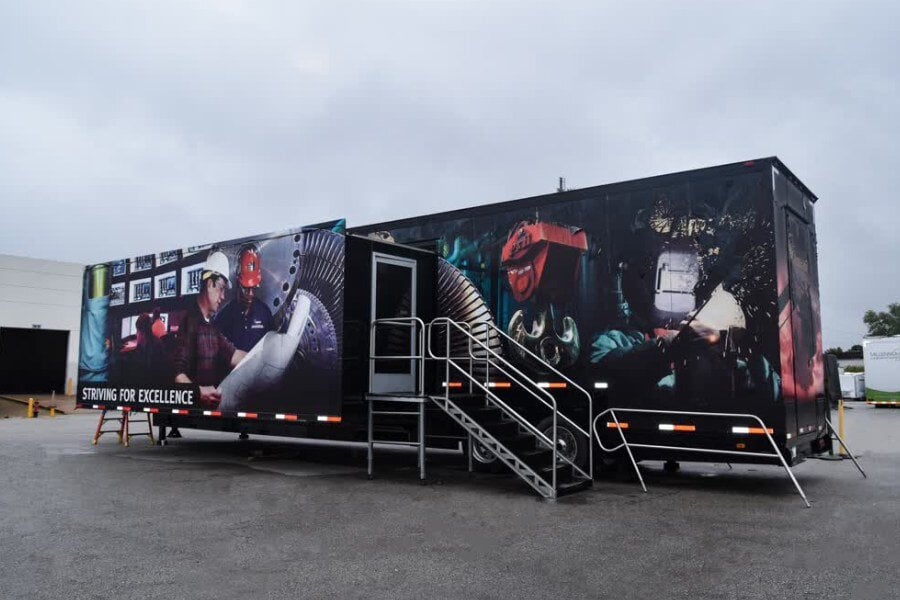
Custom industrial fabrication has become an essential component of modern manufacturing, especially in industries that rely heavily on metal...
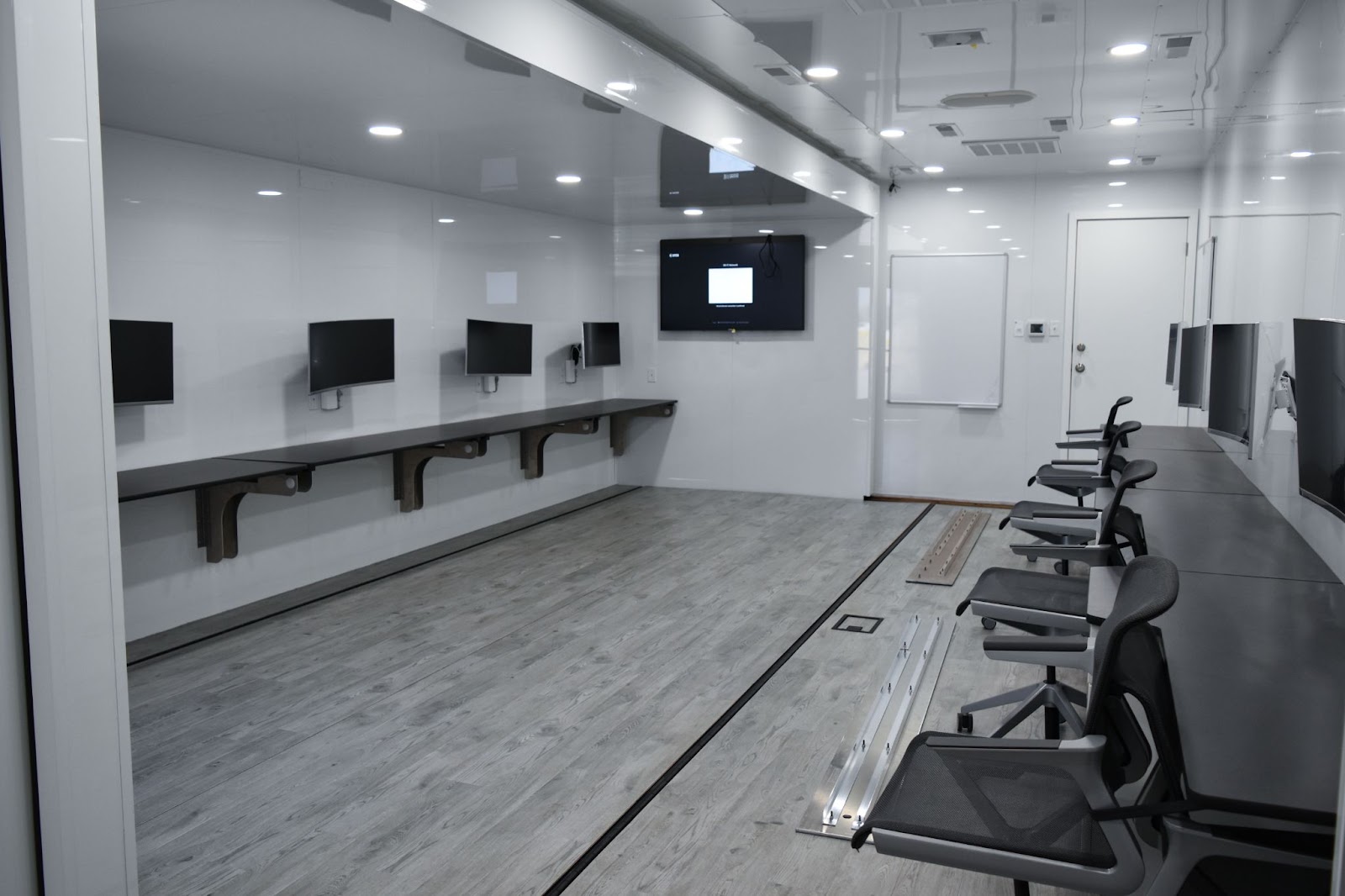
When running a business, you prioritize quality, efficiency, and cost-effectiveness. One of the biggest benefits of outsourcing industrial...